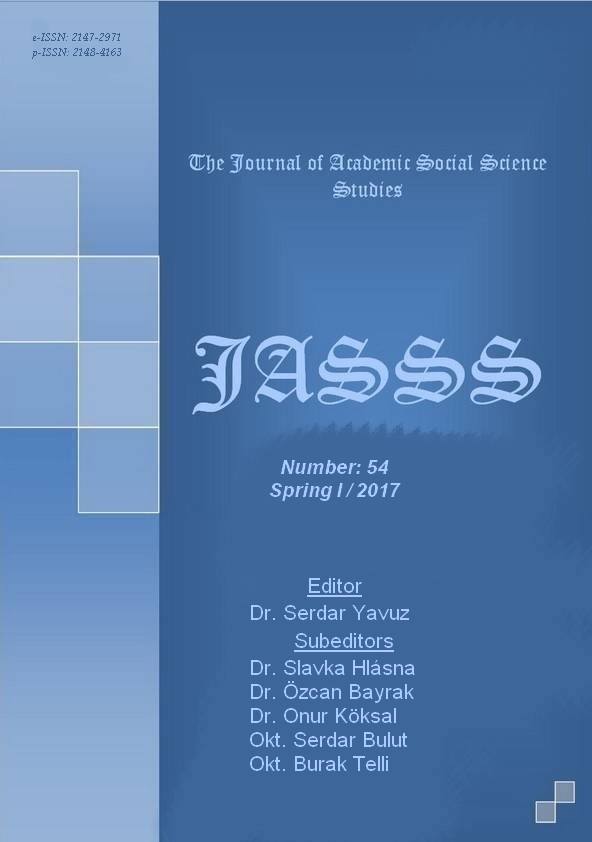Author :
Abstract
Postmodern romanın özelliklerinden biri olan ve metnin yazılma sürecinin metnin kurgusu haline getirilmesi demek olan üstkurmaca, Bilge Karasu yazınının temel özelliklerinden biri olarak dikkat çeker. Üstkurmacada anlatıcı açık şekilde ortadadır ve metnin kurmaca olduğunu metnin içine girerek gösterir. Karasu’nun beş adet romanının dördünde başkişiler aynı zamanda yazardır ve hemen her biri anlatılarda bir öykü, anı ya da roman yazmaktadır. Çoğu zaman elimizde anlatının kendisi, başkişinin yazdıklarıdır. Yazar olan bu anlatı kişileri bir yandan bazı metinler oluştururken, bir yandan da yazma/yazı/kurgu hakkındaki düşüncelerini paylaşır, metnin kurgusallığını belirginleştirmek için roman yazma tekniğini romanın malzemesi haline getirirler. Gece, dört farklı anlatıcının ortada duran bir deftere yazdıklarından oluşur. Böylece bir roman taslağı, o romanın kendisi haline gelir; yani Gece kendi kendini yazarak var olur. Kılavuz da benzer şekilde başkişinin yazdıklarından oluşur. Kılavuz’u bilinen gerçekçi romanlardan ayıran özelliklerinden biri, anlatının kurmaca olarak kendi üzerinde duran üstkurmaca yönüdür. Karasu, Altı Ay Bir Güz adlı romanının altıncı bölümünden bir parçayı bazı eklemeler yaparak Narla İncire Gazel’in “Giriş” kısmında kullanmakla kalmaz; bunu yaptığını metninde dile getirir. Yazma ve yazı ile ilgili kurgulara, açıklamalara bu romanda da sıkça yer verildiği görülür. Bu bildiride Bilge Karasu’nun romanları postmodern bir öğe olan üstkurmaca yönünden incelenmeye, romanlarındaki üstkurmacaya yönelik özellikler tespit edilmeye çalışılacaktır.
Keywords
Abstract
Metafiction, which constitutes one of the characteristics of postmodern novel and means the use of process through which the text is written as the fiction of the text, draws attention as one of the main features of Bilge Karasu literary. The narrator can be easily seen in text in the metafiction and s/he shows us the fictional side of the text by staying inside of the text. The main character in four of the Karasu’s five novels is the writer of the novel at the same time and each of these characters writes a story, memory or novel in the narratives. The text written by the main character mostly constitutes the narrative in our hands. These characters in the narratives, who are writers as well, forms the text on the one hand, on the other hand they share their views related to writing/text/fiction. They use the technique of writing a novel as an input in order to make the fictional side of the text clear. Night composes of the pieces written by four different narrators to a common notebook. By this way, the outline of the novel becomes itself of the novel. That is, Night gains existence by writing itself. Guide is also a book composing of the texts written by the main character. One of the characteristics that makes Guide different from known realist novels is its metafictional aspect existing above of the fictional side of the narrative. Karasu not only uses a piece from the sixth chapter of his novel named Six Months One Autumn with some additions in the “Introduction” part of the Ode to Pomegranate and Fig; he also stresses his doing of this in the text. The frequent use of the fictions linked with writing and text are also seen in this novel. This study aims to analyse the novels of Bilge Karasu in terms of metafiction as a postmodern element by trying to identify metafictional characteristics in these novels.





